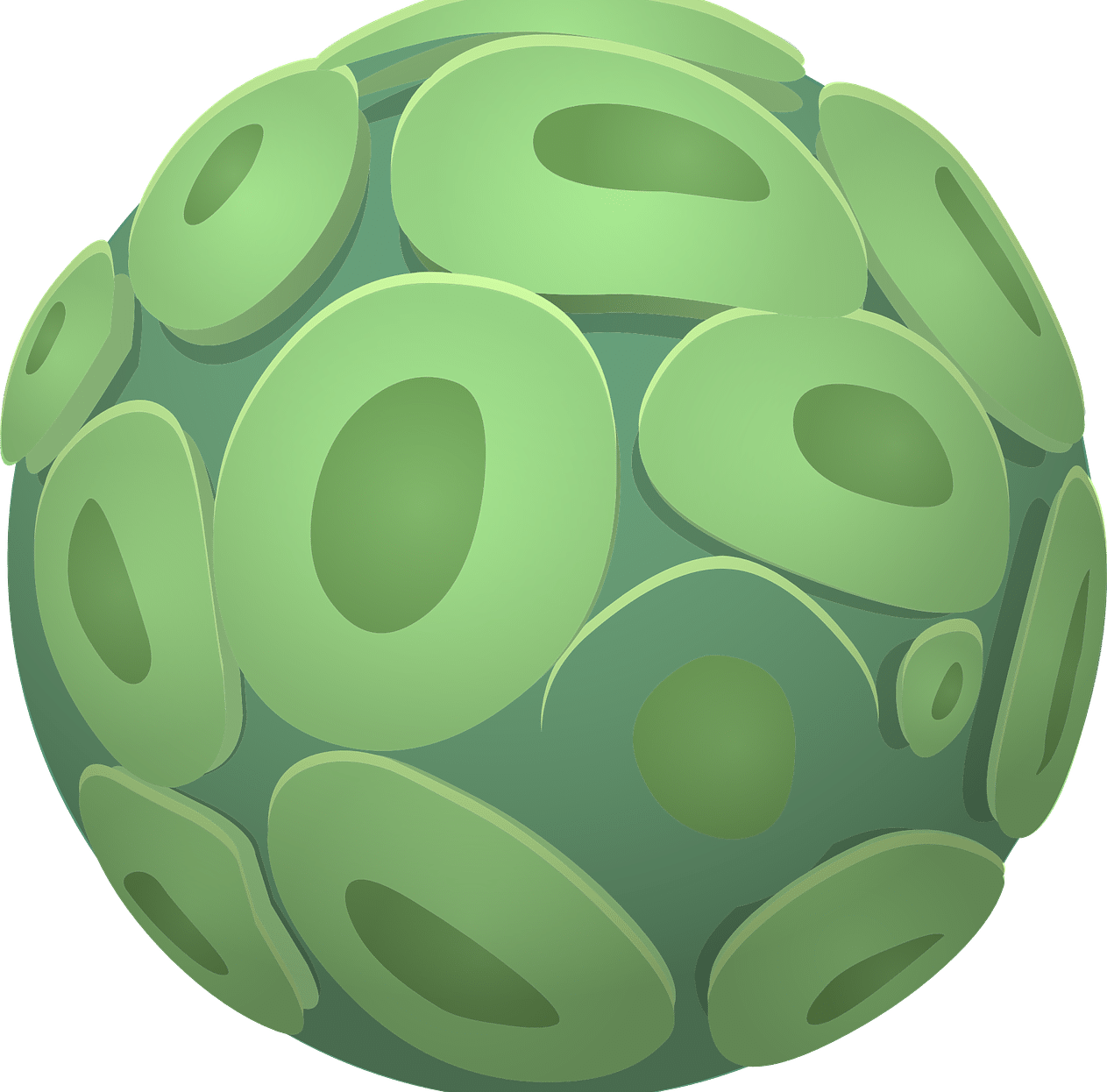
A plastid is an organelle of a eukaryotic cell.
A plastid is an organelle present in eukaryotic cells , whose purpose is to generate and accumulate certain chemical substances. Typical of organisms such as algae, plants and plankton, plastids (also known as plastids or plastids ) are essential in the synthesis of amino acids, in photosynthesis and in other processes.
In organisms that reproduce sexually, plastids are transmitted through gametes. They have a particular DNA (called plastidial DNA ) and have ribosomes that are reduced in size compared to the ribosomes of the cytoplasm.
Types of plastids
According to their origin and structure, it is possible to differentiate between primary plastids and secondary plastids . Primary plastids are present in land plants and green and red algae, while secondary plastids are found in brown algae and other organisms. Another classification, developed according to the location of the plastids, speaks of amyloplasts , proplastids , leucoplasts and chromoplasts .
Chromoplasts, in turn, are classified into several groups, specifically four:
- Fibrillary . In this case, they are also called tubular and in these what happens is that the pigments are in relation to protein fibers.
- Crystalline . These are those in which the aforementioned pigments associate with the thylakoid membranes.
- Globulous . These chromoplasts, together with lipids, accumulate in the form of droplets.
- membranous . A clear example of this type of plastid is the narcissus , characterized by its membranes that are coiled in a helical manner.
Likewise, it must be clear that chromoplasts are associated with colors such as yellow and orange that can be found in various plants and even fruits.
We can say that leucoplasts are colorless and can be found in plant cells of organs that are never exposed to light. This would be the case, for example, of roots and seeds.

Plastids are found in plankton and algae, among other organisms.
Other information of interest
In addition to everything stated above, it is worth knowing other interesting information about plastids:
- They may have pigments.
- In their juvenile phase they are known as proplastids.
- They can have both very varied sizes and shapes.
- They are surrounded by a double membrane.
- They are usually divided into two large groups: those with pigments and those without.
More considerations about plastids
It is important to highlight that, although plastids are typical of plants, there are animals that can present secondary plastids in their cells. That is the case of corals , which belong to the phylum of cnidarians .
It should be noted, on the other hand, that plastids are part of the activity that allows cells to store proteins, lipids and carbohydrates, substances that are necessary for their subsistence and development. Plastids can also carry pigments that determine the color of the organism in question, such as carotenoids or even chlorophyll.
